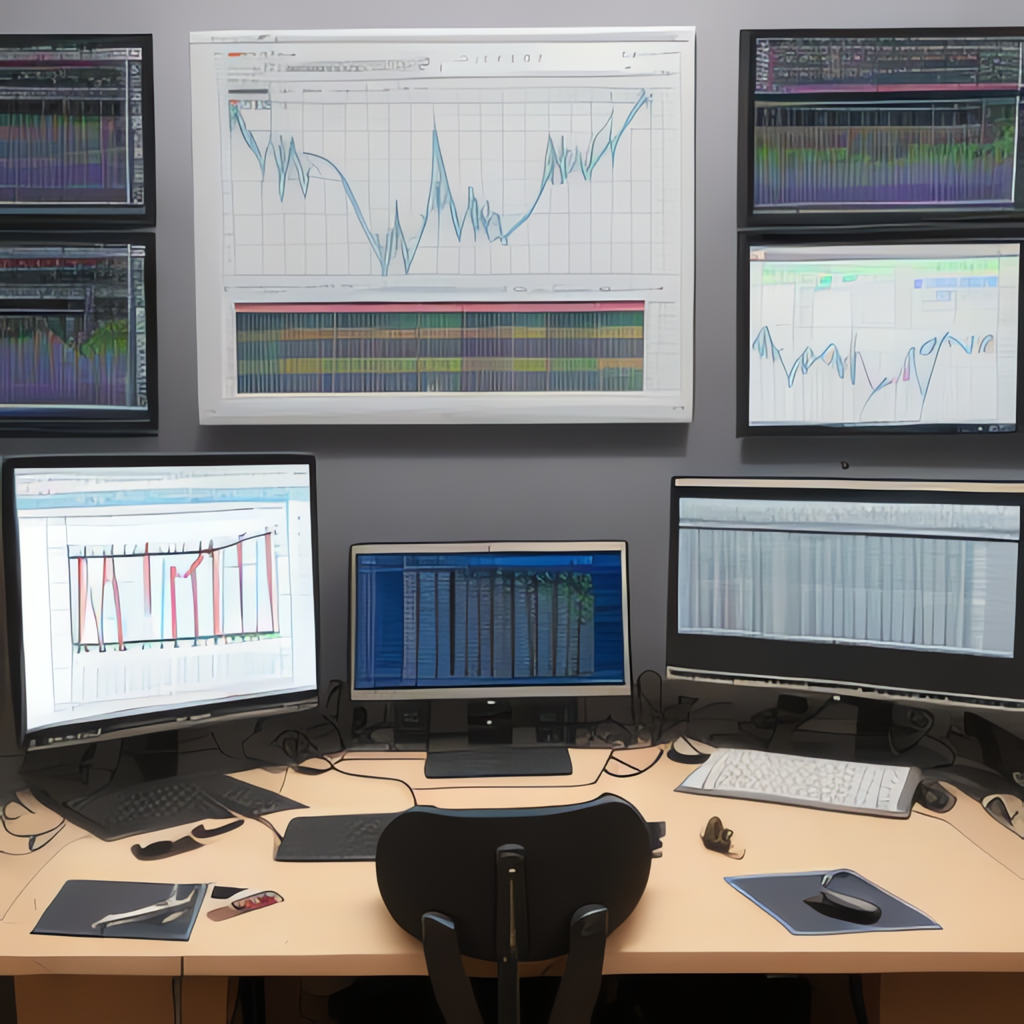In the world of data analysis, visualization is the silent messenger that bridges the gap between cold, hard numbers and actionable insights. It’s like data’s own language, enabling everyone from seasoned analysts to business professionals to interpret information quickly and accurately. Charts and graphs are not just tools for data representation; they are gateways to understanding complex data relationships. This comprehensive guide aims to unveil the mastery behind visualization, equipping you with the knowledge and tools to leverage charts and graphs effectively in your data analysis endeavors.
The Pillars of Visualization Mastery
To become proficient in the art of visualization, one must first understand the foundational concepts that underpin it:
1. Data Understanding
The journey begins with a deep understanding of your data. Before even thinking about charts, you need to know what variables you have, how they relate to each other, and what insights are you looking for. This knowledge is crucial for choosing the right chart type and interpreting the results.
2. Chart Selection
Selecting the appropriate chart type is the cornerstone of visualization mastery. Different types of charts excel at displaying different kinds of data and insights. Some common chart types include:
- Line charts: Ideal for showing trends over time.
- Bar charts: Excellent for comparing different categories.
- Pie charts: Best used for showing proportions in a whole.
- Scatter plots: Suited for identifying patterns and correlation between two variables.
- Histograms: Useful for understanding the distribution of a single variable.
3. Design Principles
The design of a chart should be clean, intuitive, and free of clutter. Here are a few principles to remember:
- Clarity: Ensure each element of the chart has a purpose.
- Comparison: Facilitate easy comparison between different data points.
- Color and Font: Use color for emphasis and readability, and choose fonts that are easy on the eyes.
- Whitespace: Give your charts some breathing room to improve focus, especially when they contain multiple elements.
Practical Applications of Visualization
Once armed with a foundational knowledge of visualization, it’s time to explore the practical applications that span various industries:
1. Business Analytics
In business, charts provide the visual storytelling necessary to convey financial performance, market trends, and strategic directions. They help in making informed decisions by highlighting key insights from large and complex datasets.
2. Health Research
Visualization is indispensable in health research, where it aids in showing patient outcomes, treatment effectiveness, and public health trends. Graphs can help researchers and policymakers make evidence-based decisions regarding healthcare policies.
3. Education
Educational institutions use charts to visualize complex concepts for students of all ages. Visual aids can improve comprehension and engagement in subjects that are inherently numerical or abstract.
4. Environmental Studies
Environmental scientists rely on charts to depict climate change, pollution levels, and other ecological concerns. Such visualizations can be crucial in informing both policy and public about the environment.
5. Marketing and Sales
Marketing professionals use visualization to track campaign performance, customer behavior, and market segmentation. Visual insights can help tailor marketing strategies to yield the best returns on investment.
Overcoming Common Pitfalls
Even with years of practice, pitfalls are common in the world of visualization. Here are a few traps to avoid:
- Overuse of Color: Too many colors can hinder understanding rather than reinforce it.
- Too Many Charts: Overloading a document or presentation with too many charts can lead to analysis paralysis.
- Misleading Visualizations: Ensure charts do not mislead or misrepresent data; use data transformation techniques instead of trickery to draw attention to a point.
Conclusion
Visualization is not just about representing data; it’s about the power of seeing data. Mastery of charting in data analysis allows you to see the forest and the trees—both in isolation and in context. By understanding the essence of your data and how to present it effectively, you can become a visualization master. And as you journey through the world of data, whether in business, science, or any other field, this visual mastery will be your guiding star, leading you to make more informed decisions and drive meaningful advancements.
